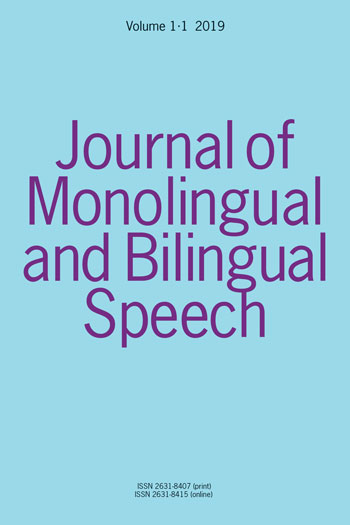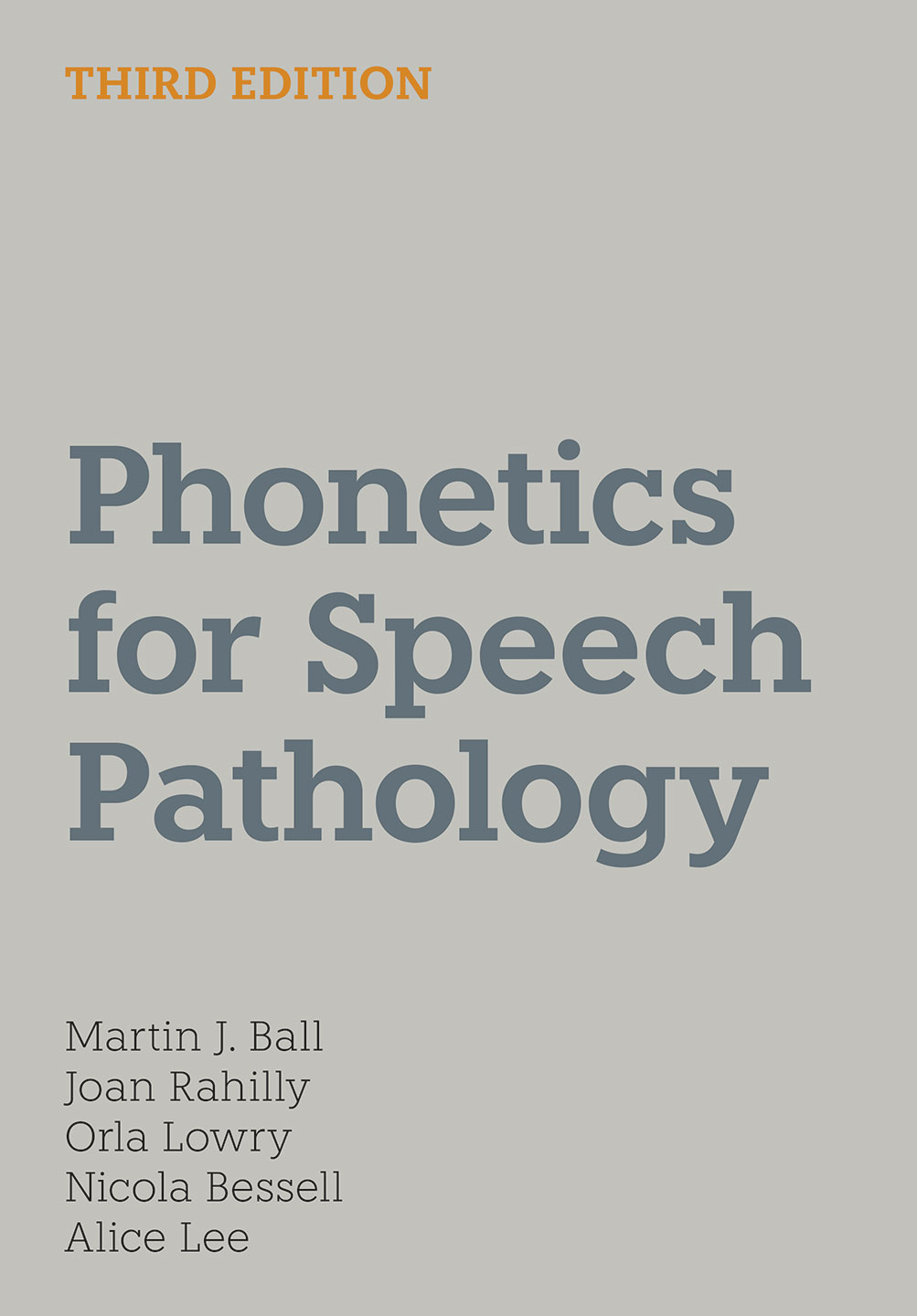Individual Differences in Second Language Speech
Yui Suzukida [+–]
Juntendo University
Research, Studies in Second Language Acquisition, and TESOL Quarterly.
The book is a critical review of research on the relationship between individual differences and L2 phonology. L2 pronunciation is one of the essential parts of SLA research, and there has been a significant development in the investigation of both (a) the process of L2 pronunciation learning and (b) the effective pedagogical methods for helping L2 learners produce intelligible pronunciation in the last 50 years (see, e.g., Pennington & Rogerson-Revell, 2019 for a comprehensive review). However, the introduction of learners’ individual differences to the field of L2 pronunciation learning has been relatively recent and emerging (see, e.g., Baran-Lucarz, 2014; Granena & Long, 2013 for aptitude; Cerviño-Povedano & Mora, 2011 for cognitive control; Dewaele & Furnham, 2000 for personality; Gatbonton & Trofimovich, 2008 for ethnic group affiliation; Sardegna et al., 2014 for motivation; Saito et al., 2019 for domain-general auditory processing). While several books on individual differences have been published, the focus of these existing books tend to be on cognitive factors, and they pay less attention to the recent development of research on L2 speech and pronunciation learning. It is therefore time to bring together the existing empirical evidence, and theoretical and methodological approaches used to research multiple domains of individual differences in the field of L2 speech and pronunciation learning.
Focusing on L2 speech and pronunciation learning, Individual Differences in Second Language Speech presents both foundational and state-of-the-art empirical work on individual differences among L2 learners in order to provide readers a basic understanding of the relevant research frameworks and to facilitate further research into L2 learners’ individual differences. The book also aims to help language teachers to incorporate recent research findings into their practice through a detailed presentation of pedagogical implications.
The book offers a synthesis of the key empirical research on L2 speech conducted over the past decades and reviews the historical and state-of-the-art development of the individual differences paradigm, so that not only undergraduate and graduate students but also professional academics and researchers will benefit from its coverage. In addition, a complex relationship between individual differences and second language pronunciation will be illustrated in detail by pinpointing the types of individual differences that are more relevant to certain aspects of pronunciation dimensions (e.g., segmentals, suprasegmentals, and comprehensibility). The book will thus appeal to language teachers, language learners, and academic researchers who seek directions for improving pronunciation pedagogy.







